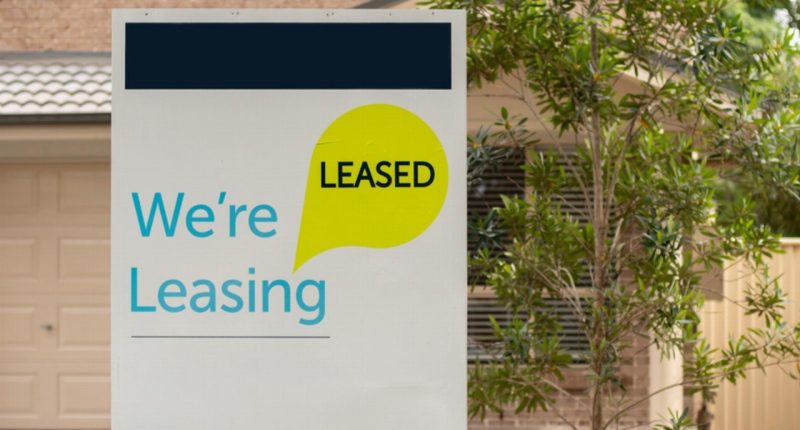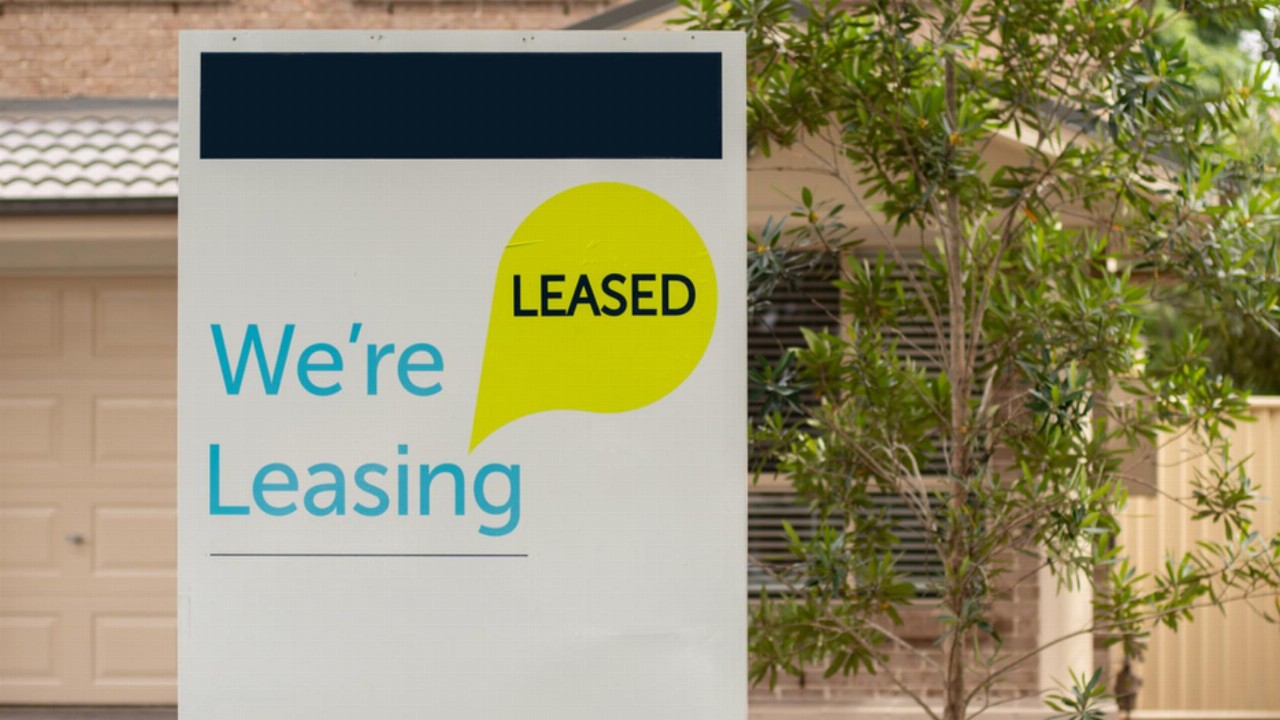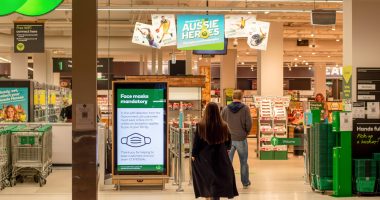- Tenants who were previously shielded from rising rents are now particularly vulnerable, with rents rising at the highest rate in 14 years
- Perth rents have gone up 21.6 per cent over the past 12 months, surging up $80 a week in a year
- As the COVID eviction ban ended, a report found that from March 29 to June 21 2021 1256 termination notices were issued, equivalent to over 100 a week
- The number of people waiting for social housing has increased dramatically, with 563 new applications entering the queue since the moratorium ended
After losing his job and his rental property after his landlord put prices up, Joe* is now sleeping in his car.
Like many Western Australian’s, he is experiencing what it can be like trying to rent in a tightening market that is becoming more expensive.
After losing his job and living with health issues, Joe was advised in mid-March that his rent was going to up, just before the COVID-19 rental moratorium was set to end at the end of that month.
Between the loss of his job, a reduction in Jobseeker payments and an increase in rent, Joe was unable to afford his tenancy and is now living in his car.
Red hot market putting pressure on affordability
Tenants who were previously shielded from rising rents are now vulnerable, as Perth’s rental market has experienced the largest increase in rent in over a decade.
A rental moratorium put a stop to rent increases and evictions during the height of the pandemic, providing relief to many struggling renters. However this lapsed in March this year.
Domain’s latest Rent Report for the June quarter, the first to capture the end of the rental moratorium, has seen rents go up $20 a week.
Over the past 12 months, rents have shot up 21.6 per cent, up $80 a week over the past year, the fastest rate of growth in roughly 14 years.
Rental demand has risen dramatically in the last year but there isn’t enough supply to keep up.
Perth’s residential vacancy rate has been hovering around one per cent, but that number is even as low as 0.1 per cent in some suburbs, particularly regional areas.
This limits renters’ options and allows landlords more leeway to hike rates.
The end of the moratorium sees an increase in eviction notices
A new report by the Housing Emergency Response Group (HERG), a collection of organisations providing emergency relief funding to support renters, paints a dire picture.
The report said that between March 29 to June 21 2021 there were 1256 termination notices issued, equivalent to over 100 a week.
Between March 29 to April 30 2021, 197 termination notices were issued to public housing tenants.
Another 105 were issued during the moratorium period between January 1 2021 to March 28 2021, the report found.
Financial Counsellors’ Association executive officer Melanie Every said the number of people seeking assistance and advice as a result of rent increases was of immense concern.
“People feel like they have no choice to agree to paying an extra $50 or $100 a week, which has a huge impact on their family budget and leaves them in incredible stress,” she said.
Despite the increase in rental prices, the Real Estate Institute of Australia’s latest Housing Affordability Report showed that rentals in WA were the most affordable in the nation.
The report said that the proportion of family income needed to meet rent payments was 18.7 per cent in WA, typically over 30 per cent is considered housing stress.
Despite this, out of 74,266 listings evaluated in Anglicare’s latest Rental Affordability Snapshot, just three rental properties were deemed affordable for a person on the Jobseeker payment across Australia.
The HERG report found 1041 people identified as experiencing chronic homeless in May 2021, an increase of 142 since April 2021.
The number of people waiting for social housing has increased dramatically after the moratorium ended, the report found, with 563 new applications entering the queue since the moratorium ended, including 274 new priority applicants.
At the end of May 2021, there were 16,949 people on the queue, up 2000 people since August 2020, with more than half of them being given priority, according to the report.
The average wait time is 100 weeks for general applicants, and 43 weeks for priority applicants.
The number of social housing has fallen year-on-year, from 44,087 in the financial year 2016-17 to 42,932 in the financial year 2019-20.
In its WA Housing Strategy 2020-2030, the State Government has committed to building 2600 homes by 2030, however, they have only built 119 in the last three years.
Through the state government’s Social Housing Economic Recovery Package, combined with the METRONET Housing Package and the Housing Investment Package, the government plans to construct 831 new social housing dwellings over the period 2020-21 to 2023-24.
Of these, 75 per cent will be allocated to people on the priority waiting list.
Circle Green Community legal client and corporate manager Carmen Acosta urged the state government to use its budget surplus to solve the housing shortage.
“Make sure services like ours are funded appropriately so they don’t draw on reserves and risk funding running out,” she said.
Significant increase in calls for help
The Financial Counselling Network, a network of fourteen service providers and local government providing assistance with debt and financial problems in the metropolitan region, has seen a significant increase in calls for help.
Circle Green Community Legal has been overwhelmed with new clients presenting with tenancy issues and reported a 173 per cent increase in clients facing termination by lessor.
Western Australian Council of Social Service director of policy Chris Twomey said the report showed that many individuals and families were under enormous stress.
“Service providers are spending an additional 15-20% of emergency relief funding intended to help with food and essential services on supporting people with rent arrears,” he said.
“Ensuring adequate ongoing emergency relief funding along with increased investment in social and affordable housing is critical.”
The Residential Rent Relief Grant Scheme – which has now been extended – has so far paid out more than $11.6 million in payments across 8300 grant payments.
Grants are capped at $2000 per tenancy and their landlord must agree to a lease of at least six months.
Housing Minister John Carey said when announcing the extension in late June:
“The McGowan Government is aware of the current challenges in the property market and has put in place a range of measures to increase housing stock, to help improve the available and affordability of rental accommodation.”
“We are investing nearly $1 billion towards upgrading and expanding our existing social housing stock, and other homelessness initiatives.”
*Not real name







